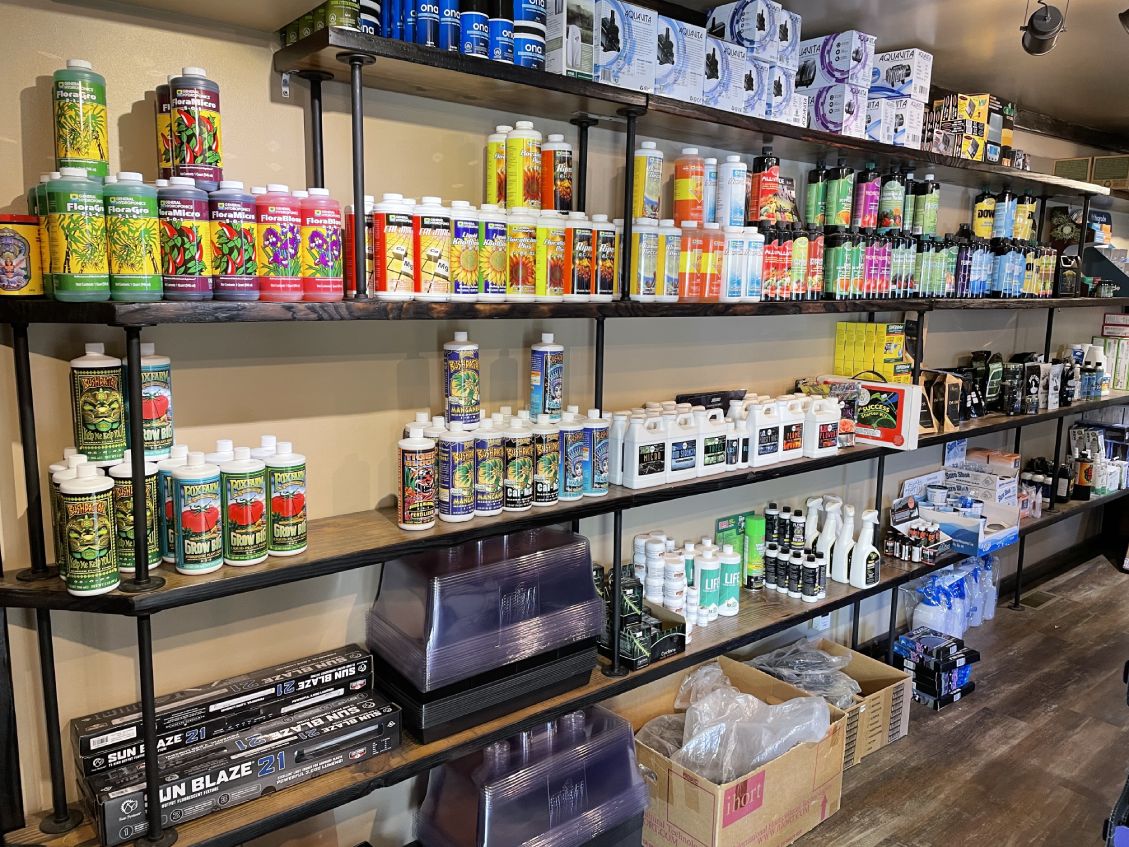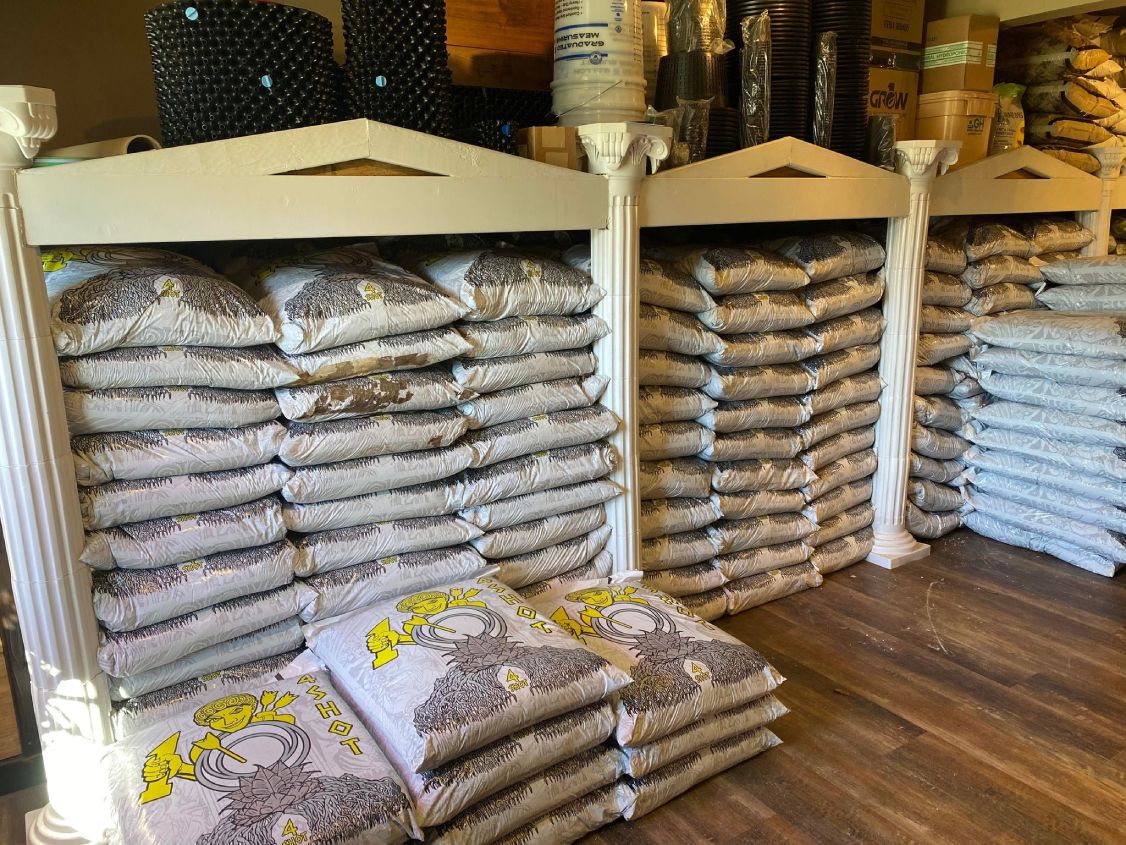Discover the Ultimate Planting Strategy: The Indoor Earthworm Approach
Discover the Ultimate Planting Strategy: The Indoor Earthworm Approach
Blog Article
Utilizing the Power of Hydroponics: a Deep Study Utilizes and Different Types
In the realm of contemporary agriculture, hydroponics has become an approach that tests standard farming techniques by offering a water-efficient and space-saving alternative. The use of hydroponic systems opens up a world of possibilities for growing plants in varied settings, ultimately influencing food production and sustainability. As we browse with the complex landscape of hydroponics, exploring its numerous kinds and applications, a much deeper understanding of its potential to reinvent farming practices and address worldwide food safety issues starts to unravel.
Advantages of Hydroponic Farming
Hydroponic farming offers many benefits over traditional soil-based agriculture. One of the key benefits is water performance; hydroponic systems utilize up to 90% much less water compared to standard farming methods.
Moreover, hydroponic farming enables higher control over nutrient levels, bring about faster plant growth and higher yields. By giving essential nutrients directly to the plant origins, hydroponic systems advertise healthier and more durable plant growth. Additionally, the controlled environment of hydroponic systems lessens the danger of parasites and conditions, reducing the requirement for hazardous chemicals and herbicides.

Typical Kinds Of Hydroponic Equipments
Given the various advantages of hydroponic farming, it is necessary to explore the various typical kinds of hydroponic systems used in contemporary farming. One prevalent kind is the Deep Water Society (DWC) system, where plant roots are submerged in a nutrient service. An additional typical system is Nutrient Film Technique (NFT), which entails a slim movie of nutrient-rich water flowing over the roots - The Indoor Earthworm. The Ups and downs system, additionally recognized as Flood and Drain, periodically floodings the plant roots with nutrient option before draining it. Aeroponics stands out for its technique of suspending plant origins in the air and misting them with a nutrient solution. Drip systems supply a managed amount of nutrient remedy directly to the plant's base. Wick systems, the easiest type of hydroponics, utilize a wick to passively supply nutrient option to the plant origins. Each of these systems provides one-of-a-kind benefits and provides to different plant types and development stages in hydroponic agriculture.
Nutrient Movie Strategy (NFT) System

One of the have a peek at these guys key benefits of the NFT system is its water efficiency. The Indoor Earthworm. Considering that the nutrient option is recirculated in a shut system, this method utilizes dramatically less water contrasted to standard soil farming. Furthermore, the NFT system is space-efficient, making it suitable for indoor farming or in locations with minimal room for traditional agriculture
Nevertheless, the NFT system requires careful surveillance and maintenance to make certain the continual circulation of water and nutrients. Any type of disruption in the flow can promptly influence plant health. Generally, the NFT system offers a sustainable and effective method to grow plants hydroponically, particularly for crops that flourish in well-oxygenated origin settings.
Deep Water Society (DWC) System
Moving from the Nutrient Film Strategy (NFT) system, the Deep Water Culture (DWC) system is a hydroponic approach that includes suspending plant roots straight in a nutrient solution. Unlike NFT, where origins are continually revealed to a thin movie of nutrient remedy, DWC plants have their origins submerged in a tank loaded with aerated nutrition water. The roots hang in the nutrient solution, enabling straight uptake of water and essential nutrients.
Among the key benefits of the DWC system is its simpleness and reduced upkeep requirements. The consistent access to oxygen and nutrients promotes quick development and higher returns. DWC systems need adequate aeration to stop origin rot and make certain optimum nutrient absorption. Normal tracking of pH degrees and nutrient focus is critical to stop inequalities that could harm plant health and wellness.
Aeroponic System
A cutting-edge approach in hydroponics growing, the Aeroponic System utilizes a misting or misting system to deliver nutrients directly to plant origins suspended in Going Here the air. This system is understood for its capacity to advertise fast development and reliable nutrient uptake because of the straight delivery of nutrients to the origins, check my blog permitting the plant to concentrate its power on growth as opposed to looking for nutrients. In an aeroponic configuration, plants are normally housed in a closed setting where the roots are intermittently misted with a nutrient option. This misting cycle makes sure that the roots receive enough oxygen, promoting healthy and balanced root development and total plant development.
Among the key benefits of aeroponics is its water efficiency, as the system uses considerably less water compared to standard soil-based growing approaches. In addition, the specific distribution of nutrients straight to the origins can cause higher returns and faster growth rates. While aeroponics can be much more complex to establish and maintain contrasted to various other hydroponic systems, its possibility for boosted plant growth and effectiveness makes it a prominent option for hydroponic enthusiasts and industrial cultivators seeking optimal results.
Verdict
To conclude, hydroponic farming supplies countless advantages and numerous types of systems to pick from. The Nutrient Movie Method (NFT) system, Deep Water Society (DWC) system, and Aeroponic system are amongst one of the most usual techniques utilized in hydroponics. Each system has its own advantages and restrictions, making it essential for farmers to carefully consider their demands and choices before selecting one of the most ideal system for their crops.
Unlike other hydroponic systems where plants are immersed in a nutrient solution, in the NFT system, the origins are subjected to the water only in a shallow film.Moving from the Nutrient Movie Technique (NFT) system, the Deep Water Culture (DWC) system is a hydroponic technique that involves putting on hold plant origins straight in a nutrient service.A cutting-edge approach in hydroponics growing, the Aeroponic System utilizes a misting or misting system to supply nutrients straight to plant roots put on hold in the air. The Nutrient Film Method (NFT) system, Deep Water Society (DWC) system, and Aeroponic system are amongst the most usual techniques utilized in hydroponics. Each system has its very own benefits and limitations, making it important for farmers to meticulously consider their requirements and preferences prior to picking the most suitable system for their crops.
Report this page